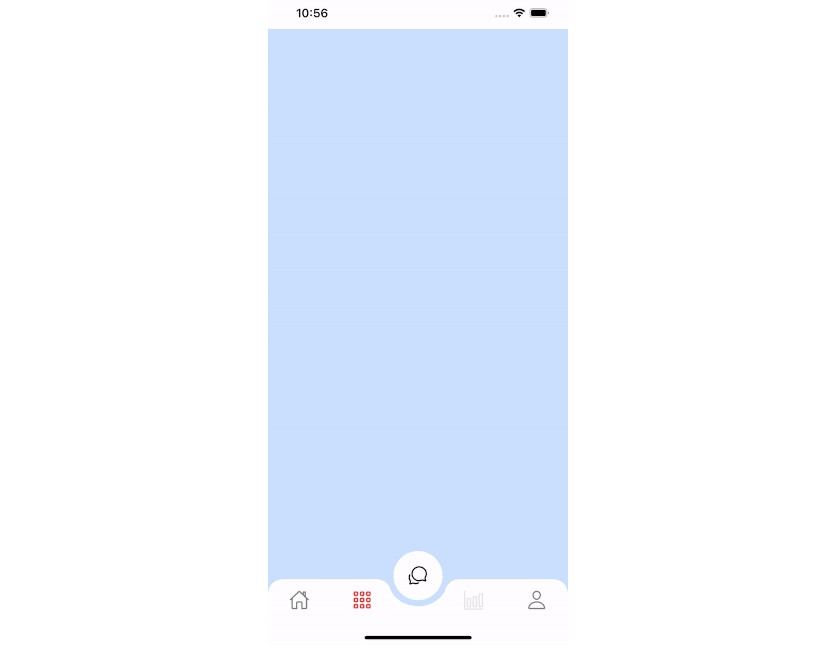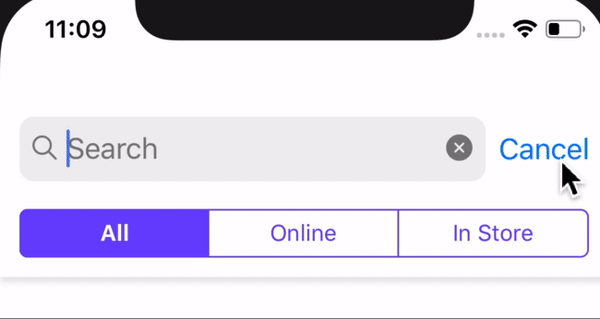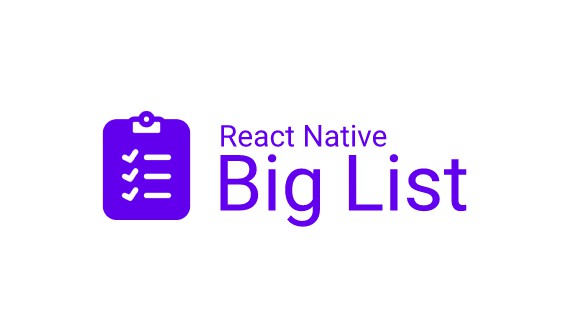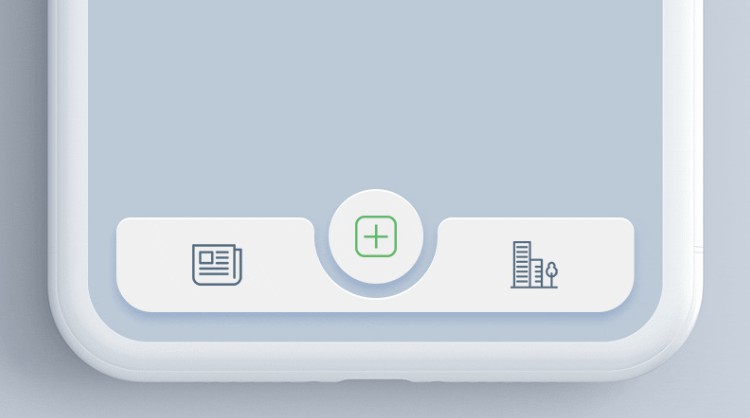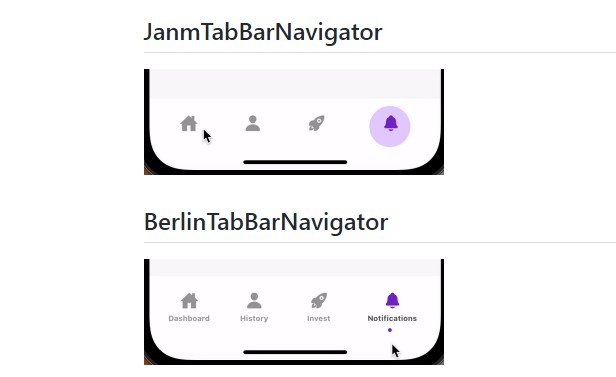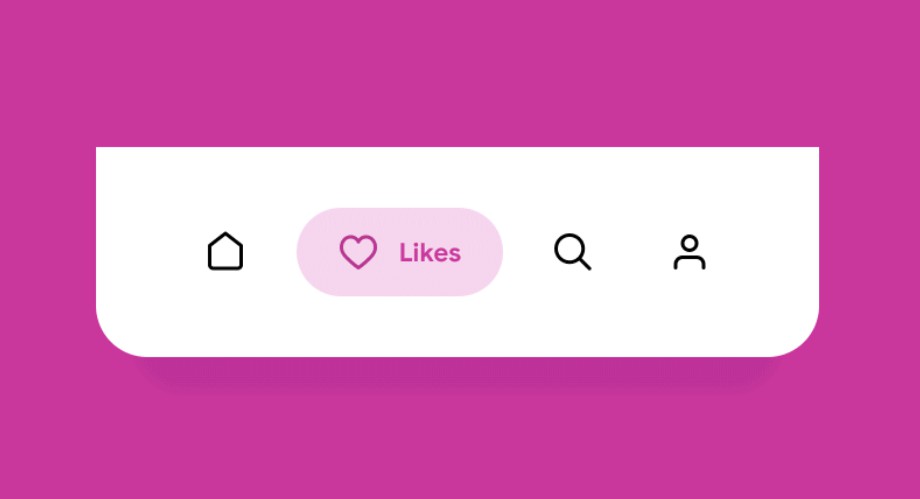react-native-utils-navigation-bar
React Native Navigation Bar.
Getting started
$ yarn add react-native-utils-navigation-bar react-native-svg
Demo

CurvedBottomBar.Navigator
| Props | Params | isRequire | default |
|---|---|---|---|
| type | 'down' or 'up' | Yes | down |
| initialRouteName | String | Yes | |
| renderCircle | () => JSX.Element | Yes | |
| tabBar | () => JSX.Element | Yes | |
| style | ViewStyle | No | |
| width | Number | No | Dimensions width |
| height | Number | No | 65 |
| circleWidth | Number | No | 50 |
| borderTopLeftRight | Boolean | No | false |
| bgColor | String | No | gray |
| strokeWidth | Number | No | 0 |
CurvedBottomBar.Screen
| Props | Params | isRequire | default |
|---|---|---|---|
| name | String | Yes | |
| position | left, right | Yes | |
| component | () => JSX.Element | Yes |
Usage
import React, { useState } from 'react';
import { StatusBar, StyleSheet, TouchableOpacity, View } from 'react-native';
import { CurvedBottomBar } from 'react-native-utils-navigation-bar';
import Ionicons from 'react-native-vector-icons/Ionicons';
StatusBar.setBarStyle('dark-content');
const ThemeScreen = props => {
const [type, setType] = useState<'down' | 'up'>('down');
const onClickButton = () => {
if (type === 'up') {
setType('down');
alert('Change type curve down');
} else {
setType('up');
alert('Change type curve up');
}
}
const _renderIcon = (routeName: string, selectTab: string) => {
let icon = '';
switch (routeName) {
case 'title1':
icon = 'ios-home-outline';
break;
case 'title2':
icon = 'apps-outline';
break;
case 'title3':
icon = 'bar-chart-outline';
break;
case 'title4':
icon = 'person-outline';
break;
}
return (
<Ionicons name={icon} size={23} color={routeName === selectTab ? '#FF3030' : 'gray'} />
);
};
return (
<View style={styles.container}>
<CurvedBottomBar.Navigator
style={[type === 'down' && {backgroundColor: '#F5F5F5'}]}
type={type}
height={60}
circleWidth={55}
bgColor="white"
borderTopLeftRight={true}
initialRouteName="title1"
renderCircle={() => (
<TouchableOpacity
style={[type === 'down' ? styles.btnCircle : styles.btnCircleUp]} onPress={onClickButton}
>
<Ionicons name="chatbubbles-outline" size={23} />
</TouchableOpacity>
)}
tabBar={({ routeName, selectTab, navigation }) => {
return (
<TouchableOpacity
onPress={() => navigation(routeName)}
style={{ flex: 1, alignItems: 'center', justifyContent: 'center' }}
>
{_renderIcon(routeName, selectTab)}
</TouchableOpacity>
);
}}>
<CurvedBottomBar.Screen
name="title1"
position="left"
component={() => <View style={{ backgroundColor: '#BFEFFF', flex: 1 }} />}
/>
<CurvedBottomBar.Screen
name="title2"
component={() => <View style={{ backgroundColor: '#FFEBCD', flex: 1 }} />}
position="left"
/>
<CurvedBottomBar.Screen
name="title3"
component={() => <View style={{ backgroundColor: '#BFEFFF', flex: 1 }} />}
position="right"
/>
<CurvedBottomBar.Screen
name="title4"
component={() => <View style={{ backgroundColor: '#FFEBCD', flex: 1 }} />}
position="right"
/>
</CurvedBottomBar.Navigator>
</View>
);
};
export default ThemeScreen;
const styles = StyleSheet.create({
container: {
flex: 1,
},
btnCircle: {
width: 60,
height: 60,
borderRadius: 30,
alignItems: 'center',
justifyContent: 'center',
backgroundColor: 'white',
shadowColor: "#000",
shadowOffset: {
width: 0,
height: 1,
},
shadowOpacity: 0.20,
shadowRadius: 1.41,
elevation: 1,
bottom: 28
},
btnCircleUp: {
width: 60,
height: 60,
borderRadius: 30,
alignItems: 'center',
justifyContent: 'center',
backgroundColor: '#E8E8E8',
bottom: 18,
shadowColor: "#000",
shadowOffset: {
width: 0,
height: 1,
},
shadowOpacity: 0.20,
shadowRadius: 1.41,
elevation: 1,
},
imgCircle: {
width: 30,
height: 30,
tintColor: '#48CEF6'
},
img: {
width: 30,
height: 30,
}
});
GitHub
https://github.com/hoaphantn7604/react-native-utils-navigation-bar
